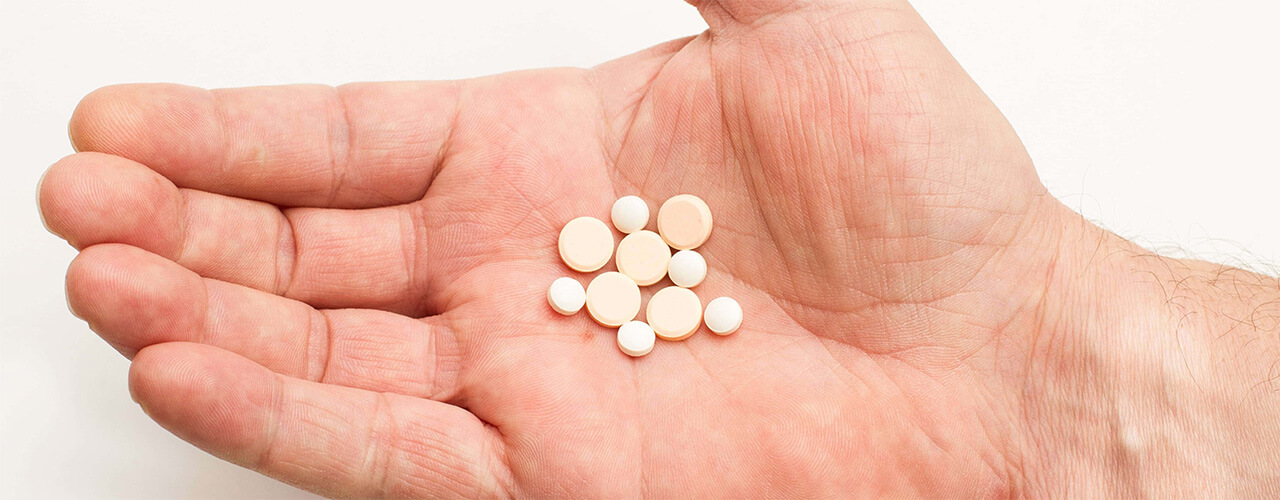Did you know that the sciatic nerve is the longest nerve in the human body? It stretches from the lower back down to the legs, ending at the feet. People living with sciatica typically describe their discomfort as “shooting pains,” typically down one side of the body.
While sciatica does not always require physical therapy treatments, it can help relieve your pain and speed up the healing process. It can be hard to determine whether or not your symptoms are in need of a specialist’s intervention, but these 3 signs are indicators that you should seek help:
1. When your pain worsens.
The severity of pain you feel can change depending on how compressed your sciatic nerve becomes. The more compressed it is, the more painful it will be. Symptoms may include severe shooting pain, weakness or numbness on one side, or the inability to move your feet. If your sciatic nerve becomes compressed in the area that controls your bladder and/or bowel function, you may lose control of those functions.
If you experience any of these symptoms, it is important to consult with both your primary doctor and your physical therapist to discuss a treatment plan for easing your pain and getting you back to your normal function. Your doctor may also run a number of tests to rule out any other underlying conditions.
2. When your pain is stemming from an injury.
With mild sciatica, your symptoms can build up over time, and they may even go away on their own. However, if your sciatica symptoms show up immediately, following an injury or trauma (such as a car accident, sports injury, or harsh fall), it is important to consult with your doctor and your physical therapist.
These symptoms will most likely be severe since they are the result of an intense impact surrounding the sciatic nerve, and it is important to analyze the extent of the damage. No matter what course of treatment your primary physician recommends, it is likely that he or she will also recommend physical therapy.
3. When home remedies aren’t working.
There are some common home remedies you can try, to help ease some of your sciatica symptoms. For example, alternating with ice and heat compresses, or sleeping with a pillow between your knees can help alleviate some pain and stiffness. Sitting in a reclining chair can also help provide some relief, as it redirects the pressure from your lower back. Going for a walk or taking part in other gentle exercises can also help in getting your body moving so it doesn’t become too tight.
These are some commonly used at-home treatment methods for pain management, but they unfortunately do not always work. If your home treatments are having little-to-no effect in reducing your pain and restricted motion, or if your symptoms persist for more than a week without improvement, you should seek the aid of a physical therapist. If your symptoms worsen, be sure to consult with your primary physician. Physical therapy can provide you with the treatment you need to alleviate your aches and pains.
Relieve your sciatica pains with physical therapy today:
Are you living with discomfort due to your sciatica? If so, physical therapy can help you find relief. Physical therapy treatments will include targeted stretches and exercises to help strengthen the muscles around the sciatic nerve. Treatments may also focus on range of motion and postural improvement, in order to decrease stress on the sciatic nerve and prevent pain from returning in the future.
If you are ready to get rid of your sciatica symptoms, don’t hesitate to contact Fultz Physical Therapy today. We’ll provide you with an individualized treatment plan to help you get back to your normal life as quickly as possible.
Tags: Manual therapies, Dry needling, Headache Relief, Stress Relief, Inflammatory Arthritis, Digestible value, Enhance Performance, Stay Active, Health, sciatica, Exercise, back pain, Lower Back Pain










